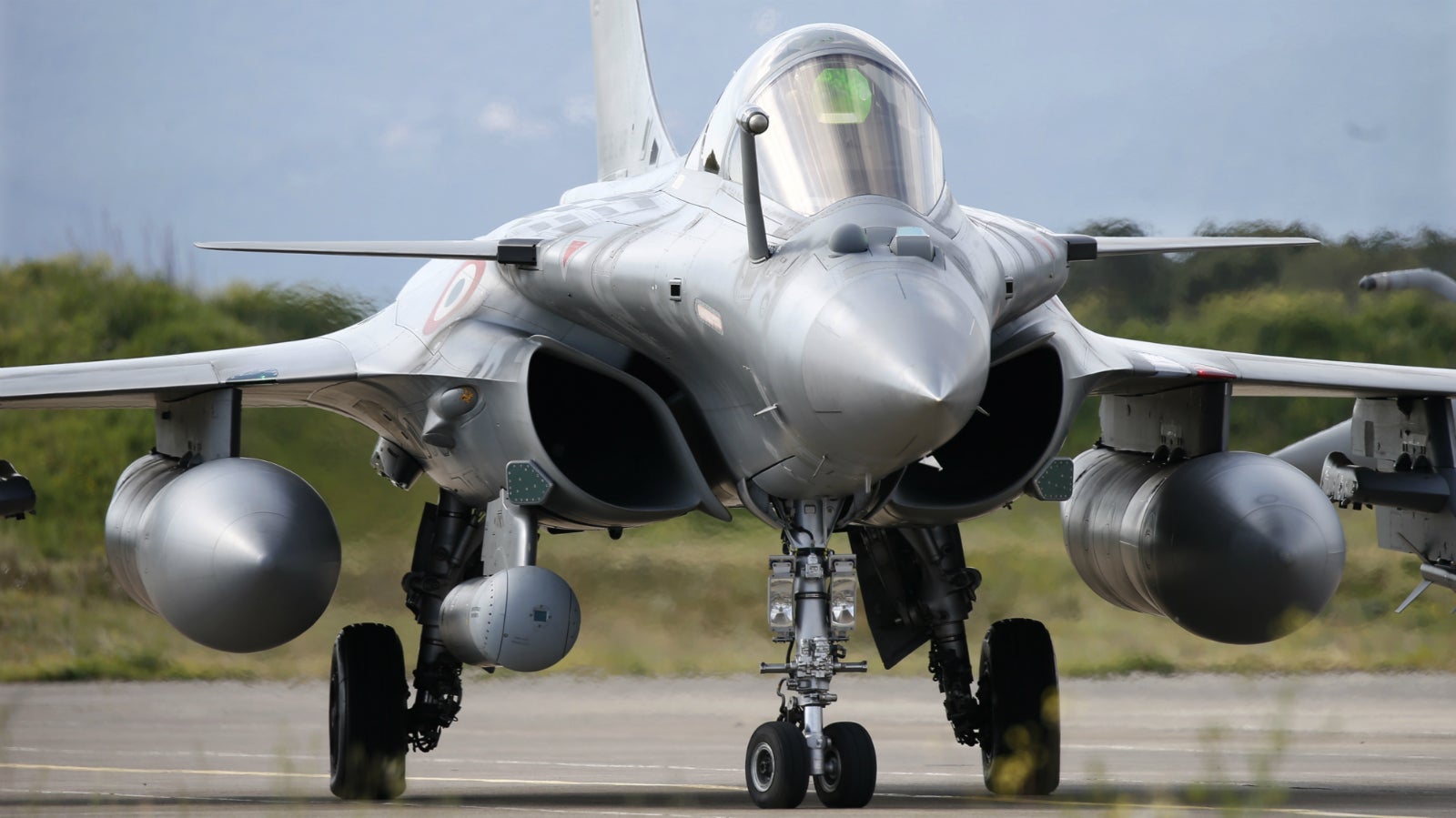After 15 years of waiting, India’s air force is finally getting a new set of fighter aircraft
The French Rafale fighter aircraft are finally coming to India.


The French Rafale fighter aircraft are finally coming to India.
On Friday (Sept. 23), India’s defence minister Manohar Parrikar and his French counterpart Jean Yves LeDrian signed a €7.8 billion (around Rs58,000 crore) deal for 36 Rafale fighters jets.
The twin-engine aircraft are made by Dassault, a 100-year-old aviation firm that also manufactures the Mirage 2000 fighters that are currently used by the Indian Air Force (IAF). The delivery of the first Rafale aircraft will begin in about 36 months and should be completed within 66 months from the date of the signing of the contract.
It has taken about 15 years for India to seal the Rafale deal. The process began in 2001 when the IAF issued a request for information to find vendors who could deliver 126 medium multirole combat aircraft (MMRCA). After a tender was issued in 2007, Dassault’s Rafale was shortlisted in 2012 and negotiations began. Last year, the tender for 126 jets was withdrawn just a few months after Indian prime minister Narendra Modi met with French president and began negotiations for a new deal to buy 36 “ready-to-fly” Rafale jets.
Packed with state-of-the-art armament, including the Meteor air-to-air missiles, Storm Shadow air-to-surface missiles, and Israeli helmet-mounted displays, the Rafale will add much-needed teeth to India’s ageing fleet of fighter aircraft. However, there are concerns over how much it will help IAF meet the critical need for new jets—and at what cost.
“The IAF’s fighter force, as of early 2016, is weaker than the numbers suggest. At nominally 36.5 squadrons, it is well short of its sanctioned strength, and many of its frontline aircraft are obsolete,” Ashley Tellis, senior associate at the Carnegie Endowment for International Peace, wrote in a report (pdf) earlier this year. “China and Pakistan field about 750 advanced air defense/multirole fighters against the IAF’s 450-odd equivalents.”
In all, over the next two decades, the IAF is likely to need some 300 new fighter aircraft. So the Rafale deal, although important, is just the beginning.
Then, there’s the question of price. Defence analyst Ajai Shukla, writing in the Business Standard newspaper, explained:
With India, Dassault had already established a benchmark in the MMRCA acquisition, where it had quoted a price for 18 fully-built Rafales, just like the 36 fighters that India is now buying.
Speaking to Doordarshan on April 13, 2015, Parrikar had revealed Rafale’s bid for 126 fighters, stating: “When you talk of 126 (Rafale) aircraft, it becomes a purchase of about Rs90,000 crore”—Rs715 crore per fighter after adding all costs.
Now Parrikar would be buying 36 Rafale fighters for €7.8 billion (over Rs58,000 crore), which is over Rs1,600 crore per aircraft—more than double the earlier price.
Even considering other contractual elements that may not have been present in the earlier deal, Shukla estimates that the price for each Rafale jet would still not be less than Rs1,000 crore. “For that, the IAF can buy two-and-a-half Sukhoi-30 MKI fighters—a heavy fighter as capable as the Rafale,” he added.
That’s a calculation that India’s defence minister will have to justify. But as tensions rise with Pakistan over the Kashmir issue, the euphoria over the Rafale deal will sure make the Modi government look good for now.